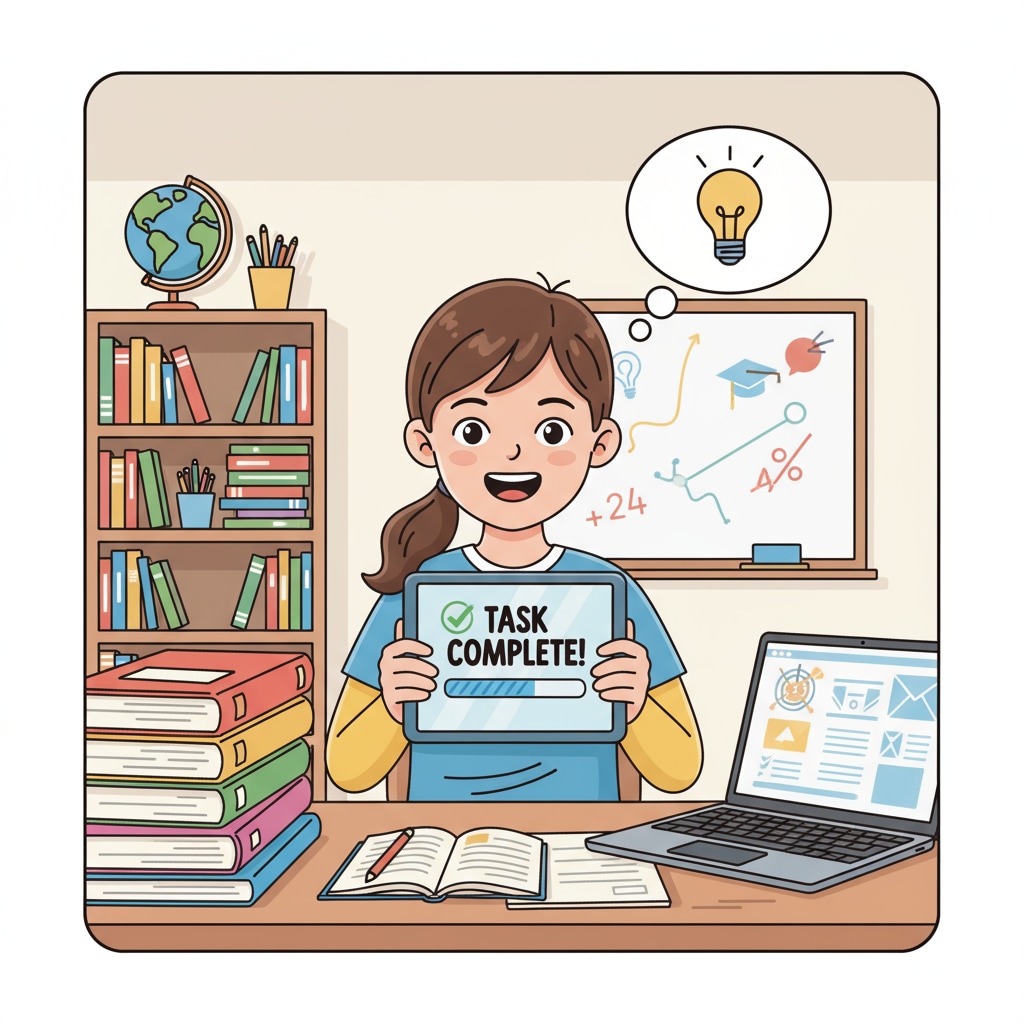Online learning, productivity, procrastination, and mental health are intertwined aspects that significantly impact students’ educational experiences. In recent years, the rise of online learning has brought new opportunities and challenges. For teenagers, especially those who opt for distance education due to mental health concerns, it’s essential to find ways to boost productivity and overcome procrastination.

The Productivity Hurdles in Online Learning
Online learning presents unique productivity challenges. Without the physical structure of a traditional classroom, students may struggle to stay focused. Distractions at home, such as family members, pets, or social media, can easily derail their learning. Moreover, the lack of face-to-face interaction with teachers and peers can lead to feelings of isolation, which may further affect motivation. According to Education.com, many students find it difficult to maintain the same level of productivity in virtual learning environments as they do in traditional settings.
The Procrastination Dilemma
Procrastination is a common issue in online learning. The flexibility of virtual classes can sometimes be a double-edged sword. Students may be tempted to put off tasks, thinking they have more time. This delay can lead to a backlog of assignments and increased stress. For students with mental health issues, procrastination can be even more pronounced, as negative thoughts and emotions may make it harder to start and complete tasks.

As stated by Verywell Mind, understanding the root causes of procrastination is the first step in overcoming it.
Mental Health and Its Impact
Mental health plays a crucial role in online learning productivity. Conditions like anxiety, depression, or attention disorders can make it challenging for students to concentrate and stay motivated. When students are not feeling well mentally, they may lack the energy and drive to engage in their studies. It’s important to recognize that mental health issues can exacerbate procrastination and lower productivity. Therefore, addressing mental health concerns is essential for creating a conducive learning environment.
Strategies to Enhance Productivity
- Create a dedicated study space: Having a specific area for learning helps separate study time from leisure time and reduces distractions.
- Set a schedule: Establish a regular routine for online classes, study sessions, and breaks. This provides structure and makes it easier to stay on track.
- Use productivity tools: There are various apps and software available that can help students manage their time, set reminders, and block distractions.
Overcoming Procrastination
- Break tasks into smaller steps: Large assignments can seem overwhelming, leading to procrastination. Breaking them into smaller, more manageable parts makes them less intimidating.
- Set rewards and consequences: Reward yourself for completing tasks on time, and establish consequences for procrastinating. This can help create an incentive to stay focused.
- Find an accountability partner: Share your goals and progress with a friend, family member, or classmate. Having someone to check in on you can increase your motivation.
Nurturing Mental Health
- Practice self-care: Make sure to get enough sleep, eat a healthy diet, and engage in physical activity. Taking care of your physical health can have a positive impact on your mental well-being.
- Seek support: Don’t hesitate to reach out for help if you’re struggling mentally. Talk to a teacher, counselor, or trusted adult who can provide guidance and support.
- Engage in stress-reducing activities: Activities like meditation, deep breathing, or hobbies can help relieve stress and improve your mental state.
In conclusion, online learning, productivity, procrastination, and mental health are all interconnected. By implementing the strategies mentioned above, students, especially those with mental health concerns, can overcome the challenges of virtual learning, boost their productivity, and achieve better academic results.

Readability guidance: The article uses short paragraphs and lists to summarize key points. Each H2 section provides a list for better clarity. The proportion of passive voice and long sentences is controlled, and transition words are scattered throughout the text to enhance readability.


